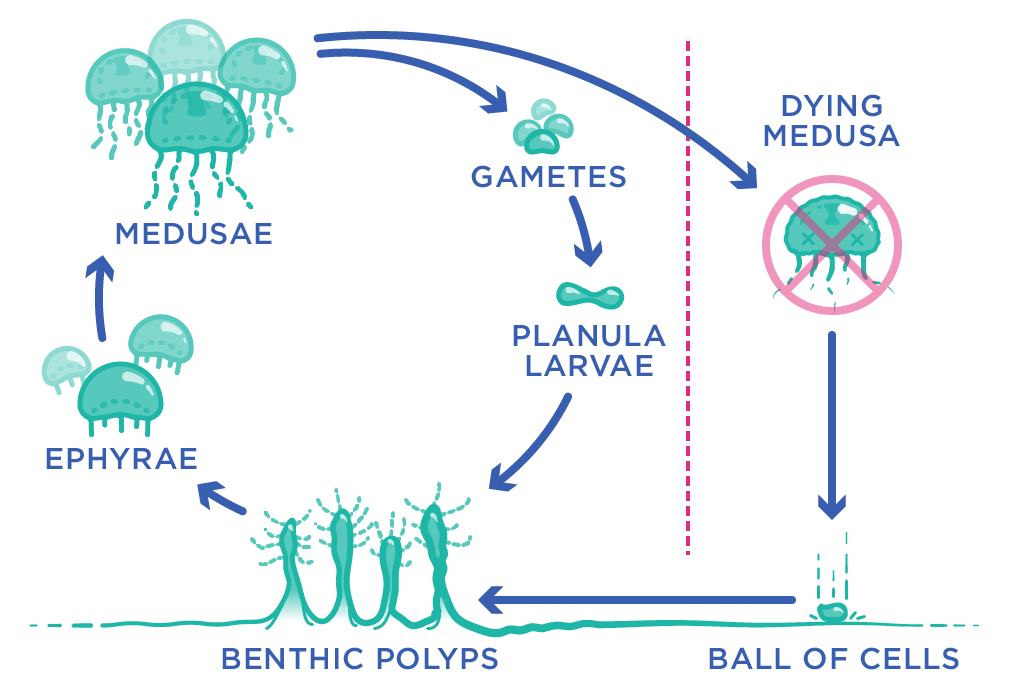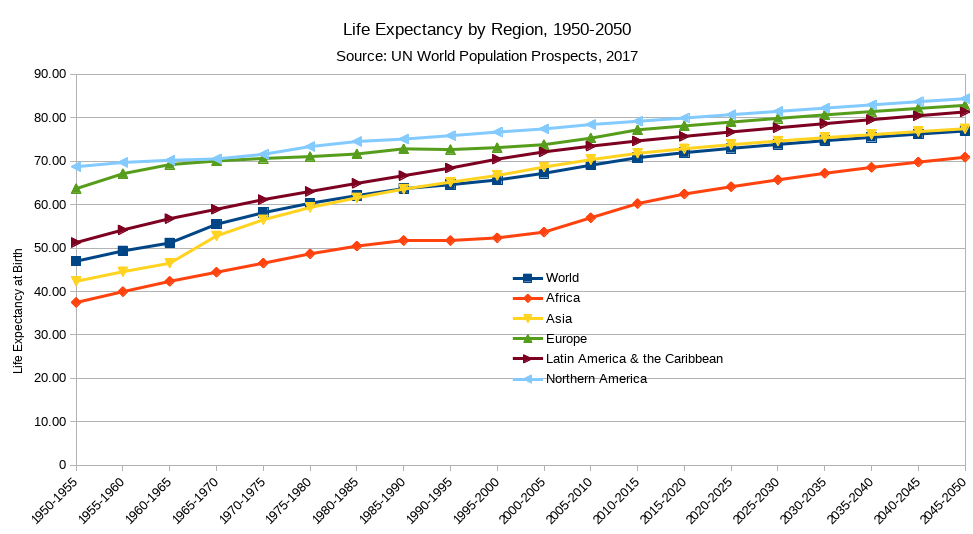How close are we to biological immortality?
Humans have been questing immortality for as long as anyone can remember. While our concept of immortality is never going to be a real thing but biological immortality can still be achieved. Contrary to its name, biological immortality is not true immortality. Biological Immortals do not age but eventually die of an injury, starvation, predators, or lack of resources. While most of them show negligible senescence, few have the ability to reverse its aging.
Today, genetics is the most researched field since the inception of biology as a cogent study in the 19th century. It has just been a decade since the Human Genome Project was completed in 2003 and we are already talking about immortality stuff. Behavioral genetics has been the fastest developing science in human existence.
If you are reading this article, I reckon you are familiar with human age reversal, including gene editing, telomere lengthening, genetic engineering, etc, or at least basic understanding of structure and function of DNA.
The traditional concept of longevity in human age :
Research in epigenetics illustrates the impact of environment and lifestyle on how our genome is expressed in each individual. Removing the de-energizers and the toxic human environment, we give our DNA optimum conditions to more fully express the true potential of our human bodies.
In simpler words, a healthy lifestyle and a clean environment was the reason behind the earliest humans living a long life. Technically, these factors do have a little impact on our age as these factors affect the processes which regulate aging in humans.
Today, genetics is the most researched field since the inception of biology as a cogent study in the 19th century. It has just been a decade since the Human Genome Project was completed in 2003 and we are already talking about immortality stuff. Behavioral genetics has been the fastest developing science in human existence.
If you are reading this article, I reckon you are familiar with human age reversal, including gene editing, telomere lengthening, genetic engineering, etc, or at least basic understanding of structure and function of DNA.
The traditional concept of longevity in human age :
Research in epigenetics illustrates the impact of environment and lifestyle on how our genome is expressed in each individual. Removing the de-energizers and the toxic human environment, we give our DNA optimum conditions to more fully express the true potential of our human bodies.
In simpler words, a healthy lifestyle and a clean environment was the reason behind the earliest humans living a long life. Technically, these factors do have a little impact on our age as these factors affect the processes which regulate aging in humans.
What causes us to age?
- Telomere shortening
As a normal cellular process, a small portion of telomeric DNA is lost with each cell division. When telomere length reaches a critical limit, the cell undergoes senescence and/or apoptosis. Telomere length may, therefore, serve as a biological clock to determine the lifespan of a cell and an organism. Certain agents associated with specific lifestyles may expedite telomere shortening by inducing damage to DNA in general or more specifically at telomeres and may, therefore, affect the health and lifespan of an individual. Thus, a healthy lifestyle will only decrease the rate of telomere shortening and hence, increasing our lifespan a little.
- Oxidative stressing
Every cell that utilizes enzymes and oxygen to perform functions is exposed to oxygen free radical reactions that have the potential to cause serious damage to the cell. An imbalance between oxidants and antioxidants is the underlying basis of oxidative stress.
https://www.youtube.com/watch?v=p-V6Gd3t-W4
https://www.youtube.com/watch?v=p-V6Gd3t-W4
- Glycation
To date, a substantial body of evidence shows that (advanced glycation end products)AGEs ( https://www.youtube.com/watch?v=LvwMXqyrKG0 ) and their functionally compromised adducts are linked to and perhaps responsible for changes seen during aging and for the development of many age-related morbidities. However, much remains to be learned about the biology of AGE formation, the causal nature of these associations, and whether new interventions might be developed that will prevent or reduce the negative impact of AGEs-related damage.
If we are able to reduce, eliminate, or stop these processes, we may just take the promise of everlasting existence into our own hands. Enter biological immortality.
There are more than one species that we would consider biological immortal.
 The jellyfish Turritopsis dohrnii can revert to its early stage of life and thus defies aging by exhibiting reverse-aging. When they sense the situation of starvation or environmental stress, they revert back to its earlier stage. It is the same as a butterfly being able to turn back to its pupa or caterpillar stage. It does so by the process of transdifferentiation. While transdifferentiation is a growing artificial process in gene technology and drug development, Turritopsis dohrnii and Turritopsis Nuticulla are only known species to exhibit it in the natural world. Since this species possess the ability to completely change its set of cells to reverse its age, it is only known species to be called as theoretically immortal.
The jellyfish Turritopsis dohrnii can revert to its early stage of life and thus defies aging by exhibiting reverse-aging. When they sense the situation of starvation or environmental stress, they revert back to its earlier stage. It is the same as a butterfly being able to turn back to its pupa or caterpillar stage. It does so by the process of transdifferentiation. While transdifferentiation is a growing artificial process in gene technology and drug development, Turritopsis dohrnii and Turritopsis Nuticulla are only known species to exhibit it in the natural world. Since this species possess the ability to completely change its set of cells to reverse its age, it is only known species to be called as theoretically immortal.Immortality in Turritopsis dohrnii :- https://www.youtube.com/watch?v=OgQAVlh6ewI
 Lobsters do not undergo senescence due to their ability to repair their DNA by producing enzyme Telomerase endlessly. Lobsters grow by molting and as they grow larger and larger, they ultimately die of shell collapse. Each molt requires more energy than the last until they reach a point where the energy expenditure required to molt is too great and they die. So lobsters can also be argued to be biologically immortal.
Lobsters do not undergo senescence due to their ability to repair their DNA by producing enzyme Telomerase endlessly. Lobsters grow by molting and as they grow larger and larger, they ultimately die of shell collapse. Each molt requires more energy than the last until they reach a point where the energy expenditure required to molt is too great and they die. So lobsters can also be argued to be biologically immortal.Lobster Molting:- https://www.youtube.com/watch?v=pBZ9vYkJWTs
Senescence in lobster:- https://www.youtube.com/watch?v=9mdPbeK_qE4
While these are the known organisms that hold the secret to immortality, there is much optimism that we may find a way to shed some light on the infinite cell renewal and negligible senescence to find a way for biological immortality in humans. While the prospect of biological immortality will still take a century or more of research (unless we discover any new organisms that may change our whole concept about human aging altogether), technological advancements in genetics and medicinal science mean the average human lifespan will keep on with the trend.

Make no mistake this is a controversial topic. Due to deep cultural feelings and belief systems, the concept of altering the makeup of a human being to make them better remains somewhat in the realm of what’s taboo. Nevertheless, research into a viable way of achieving biological immortality in humans is currently underway throughout the world.


Comments
Post a Comment